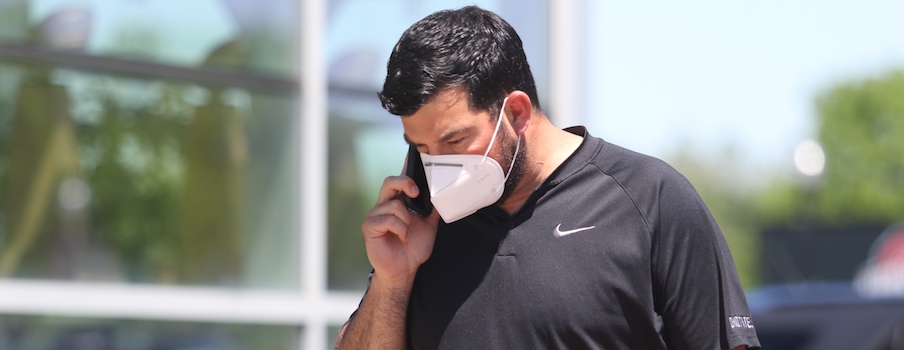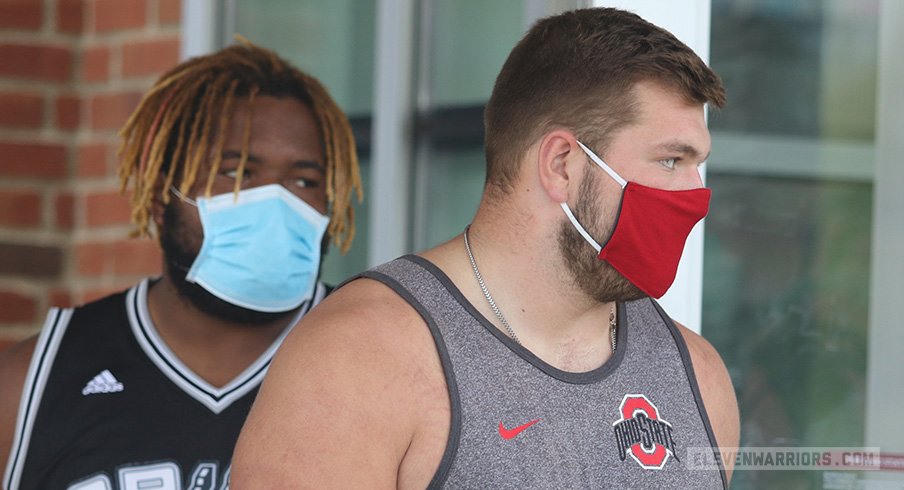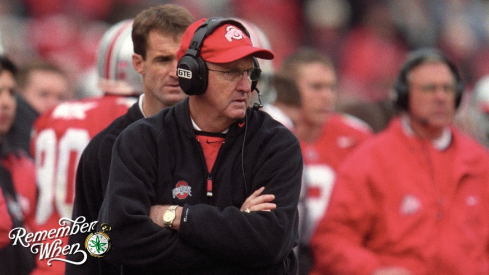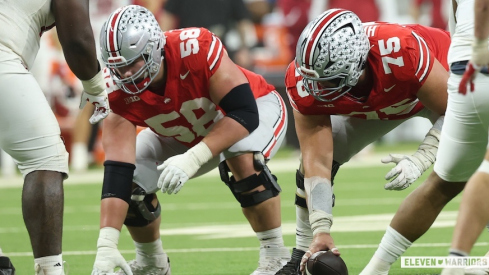Big Ten football is canceled for the fall, and public enemy No. 1 seems to be an unlikely underdog: myocarditis.
Within days of reports surfacing to mainstream media about the risk of potential heart damage after COVID-19 infections, the college football world has been turned on its head. But, has this all been blown way out of proportion?
Was myocarditis just the last straw for a decision that was already largely made? Or is athlete safety suddenly more in jeopardy than it was a week ago?
“The bottom line is, we knew about this. We were ready for it.”– Dr. Aloiya Earl on Myocarditis
Myocarditis is inflammation of the heart muscle which can occur after viral infections. To break it down, Myo = Muscle. Card = Heart. Itis = Inflammation.
With its recent clout and notoriety, myocarditis certainly and understandably seems like a new phenomenon, but it’s not. In the medical world, we have known about myocarditis since the beginning of the 19th century.
In clinical practice, we recognize it as a potential after-effect of many common viruses, like the flu and other coronaviruses. If a patient recently had the flu or common cold, and now complains of new chest pain or trouble breathing, myocarditis has always been among the top potential causes to test for.
We have never necessarily screened for myocarditis prior to return to play for a case of influenza, but screening can be done if it’s of greater concern with COVID-19.
As we learned more about the novel coronavirus and its behavior over the past several months, myocarditis has been a known potential sequela, and we've prepared for it. It has also been the focus of medical literature in my world of sports medicine for two months.
The British Journal of Sports Medicine published initial guidance about myocarditis in COVID-19 positive athletes on June 19. This article stated “ensuring the health of athletes will involve…the use of electrocardiography or blood biomarker testing to screen for occult myocardial injury and inflammation.”

The information in this publication led organizations like the American Medical Society for Sports Medicine (a group every team physician belongs to) and the National Federation of State High School Associations to create an algorithm to screen for myocarditis and other heart and lung conditions after COVID-19 infections prior to allowing athletes back to play. This latter set of recommendations was published on July 9.
To be even more cautious, the return to play was planned to be a gradual, monitored protocol over the course of several days – starting with light activity and eventually progressing to full contact.
The bottom line is, we knew about this. We were ready for it.
“We know to look for it, know how to catch it, and we had planned on screening for it prior to an athlete ever stepping foot back on the playing field after testing positive for COVID-19. This is our bread and butter. It’s what we do.”– Dr. Aloiya Earl on Myocarditis
We had organized guidelines to help us through it. We’ve had this information in our COVID-19 dossier for much longer than just the past 72 hours. So, why now pull the plug on the season?
I don’t want to minimize the risk of myocarditis in any way. In the most severe cases, it can cause the heart to have an abnormal rhythm during exercise which can lead to cardiac arrest. It's no trivial matter, and that’s not a point of contention.
But, we know to look for it, know how to catch it, and we had planned on screening for it prior to an athlete ever stepping foot back on the playing field after testing positive for COVID-19. This is our bread and butter. It’s what we do.
Consider concussions, a known risk of playing football and other contact sports. Obviously not contagious like a viral infection, but for the sake of an analogy on risk mitigation, let’s talk return to play.
After a concussion, there are several risks to the athlete which we monitor and screen for prior to return to play: balance deficiencies, slowed reaction time, poor control of body movements, altered eye tracking, and so on. There’s also second impact syndrome, which is a rare and potentially fatal risk of returning an athlete to play prior to a full recovery from one concussion, and the athlete gets a second compounding concussion that causes a landslide cascade of events in the brain leading to irreversible damage.
Scary, obviously. But we know about it. We screen for risk factors. We do various in-person and computerized assessments before clearing athletes to return. That’s risk mitigation, and that’s sports medicine.
Why is coronavirus-related myocarditis any different?
Even if we consider the possibility that myocarditis is more prevalent with coronavirus than other viral infections – which we don’t yet know – we do have the resources to screen for it. Athletic trainers monitoring for symptoms is one part. A doctor’s exam is one part. Special testing is one part. Testing can include EKGs, blood tests, echocardiograms, exercise tests, and cardiac MRIs.
“I feel the college football medical world was ready to handle this risk and successfully navigate it. It’s what we are trained for. We are champions of athlete safety.”
Guess what? We have access to all these things. Every team has a group of athletic trainers and at least one sports medicine physician. Many teams, especially in the Power 5, work with a cardiologist. EKGs are done as part of routine sports physicals in many football programs, and they cost about $50 each.
Resources can’t be the issue. Lack of medical competency to safely navigate this risk and cautiously screen for it can’t be the issue. Every Power 5 team could run an EKG, blood work, echocardiogram, exercise stress test (on a gold-plated treadmill, no less), and cardiac MRI on every athlete and still save money compared to the financial loss of canceling a season of football. Cost can’t be the issue, either. So, what is it?
I want to emphasize how much I agree that one life, one long-term heart condition, is far too high a price to pay for football. My stance is not “this is rare, so let’s take the risk and see how it goes.” Far from it.
Rather, I feel the college football medical world was ready to handle this risk and successfully navigate it. It’s what we are trained for. We are champions of athlete safety. That’s why starting quarterbacks are held out if they’re concussed, or if they have mono (risk of spleen rupture), or if their injury isn’t strong enough yet for them to be able to protect themselves in full contact. We don’t cut corners with athlete wellbeing, and risks related to COVID-19 are no exception.
If long-term unknown risks and myocarditis were the catalysts for canceling fall sports, I’m not sure when it will be deemed safe to continue. We won’t know long-term risks until, well, long-term. I don’t know that there’s much more preparation we can do as a medical community that hasn’t already been planned for in the last five months that we’ve had to get ready. A spring season seems arbitrary. Coronavirus and myocarditis will still be risks we need to effectively and comprehensively deal with in the spring.
What I can say with confidence is as a medical profession, we will be here with our stethoscopes and our cardiac tests whenever we get the green light – fall or spring. Athlete safety will be, as it has always been, our top priority.
Dr. Aloiya Earl is a sports medicine physician in Dayton. After a writing hiatus while completing her residency at Ohio State and fellowship at the University of Alabama, she has rejoined Eleven Warriors as a medical columnist. She’ll be writing informational articles about injuries, recovery, the implications of COVID-19 on college athletics, and various other sports medicine & sports science topics.


